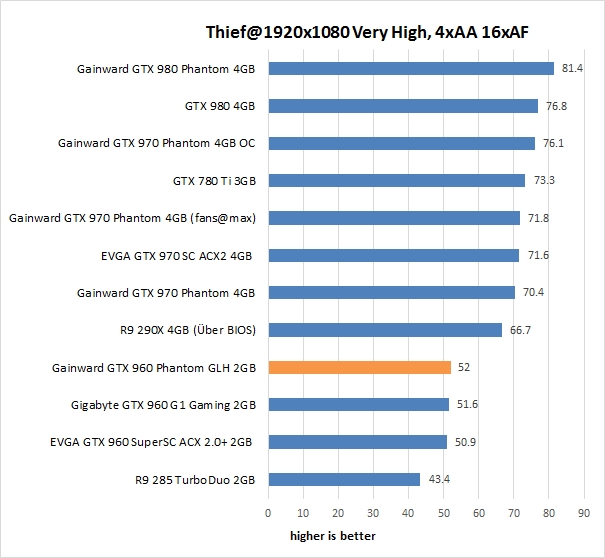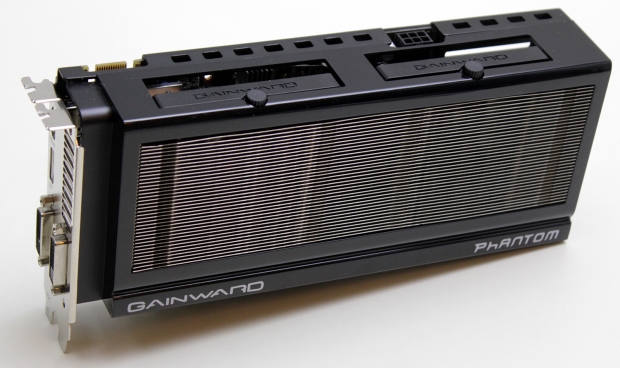Nvidia just launched the GTX 960 series, the first mainstream graphics card based on the company’s Maxwell architecture and we are playing with a few samples, including Gainward’s GTX 960 Phantom GLH (Goes Like Hell) card.
The GLH card looks like many other Gainward cards with the trademark Phantom cooler, as it is not a new design – the cooler is used on the GTX 760 Phantom card and GTX 970 Phantom card, but this is not a bad thing. Actually, it’s a good thing since this is a great cooler, but the downside is that it takes up 2.5 slots in your rig. 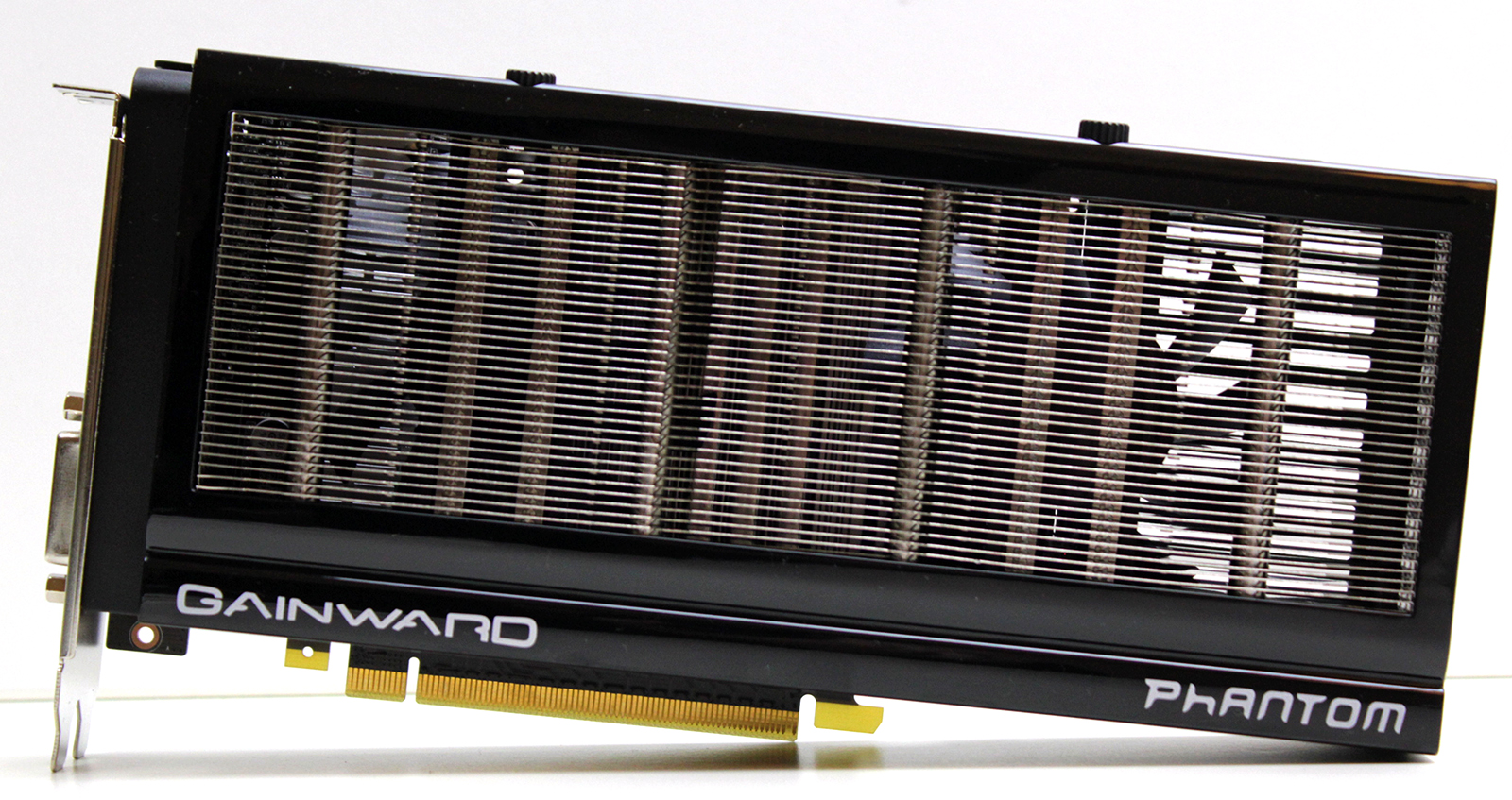
The Phantom’s fans are hidden behind the heatsink, so it may trick the casual observer into thinking that it’s a passive cooler. Still, if you peek through the heatsink fins, you’ll see the silhouettes of the fans. The shroud looks nice, but it is plastic. The GTX 970 Phantom card is 247mm long and 112mm high.
The fans can be removed without removing the heatsink or messing with the wiring. You just need to undo a single screw and pull the fan out of the heatsink. This clever trick was introduced on Gainward’s Kepler generation cards and it saves a lot of time if you need to clean your card.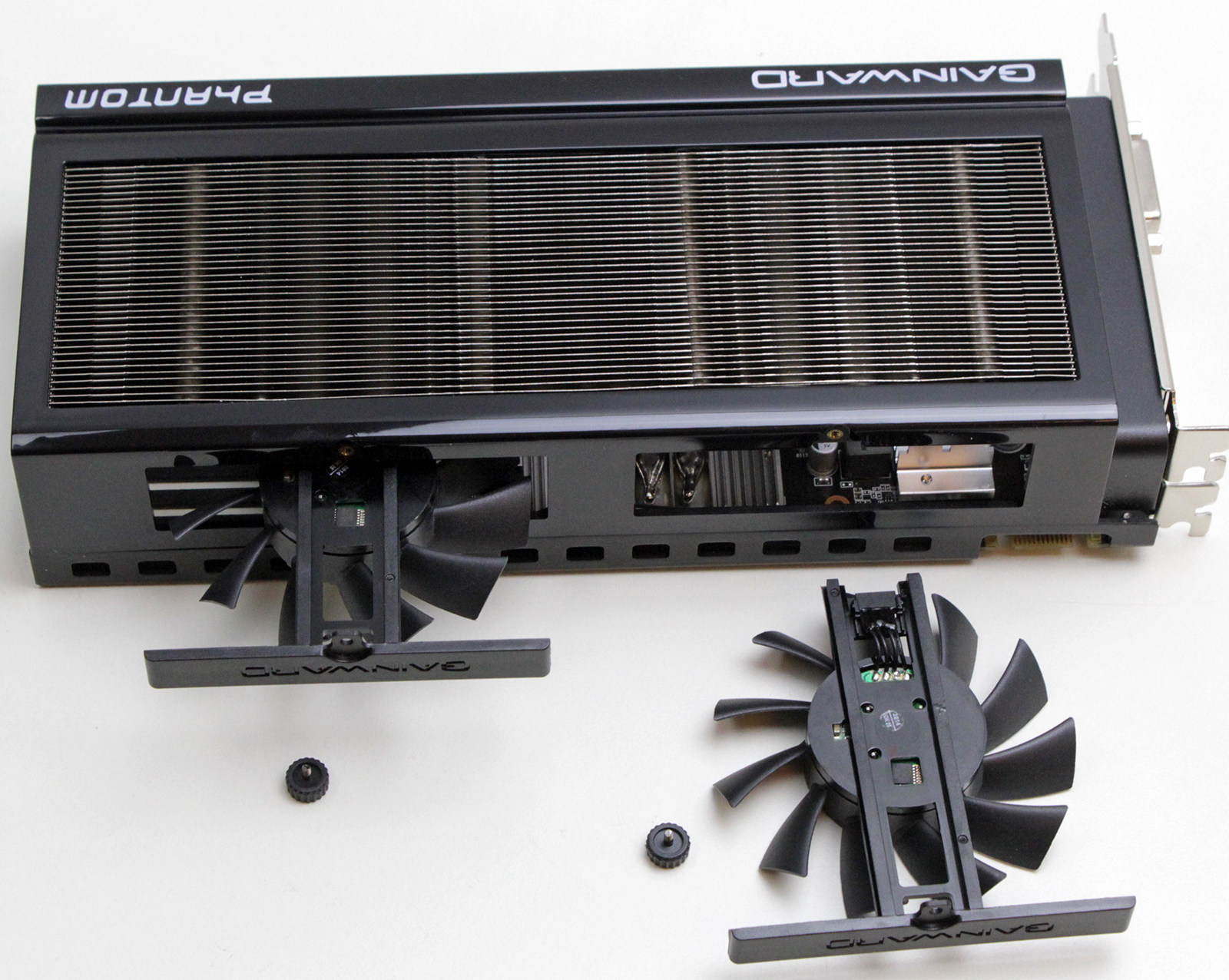
The Phantom cooler is can keep the temperature below 69 degrees Celsius despite high factory overclock. More importantly, the card is quiet all the time. Gainward did not implement Nvidia’s new Fan Stop Mode feature (which stops the fan in idle) but the GTX 960 Phantom GLH is inaudible in idle mode anyway. Our measurements can confirm that in idle the GPU temperature of the GLH stays below 32 degrees Celsius and the card is totally silent. When it’s idling, the fans spin at about 800RPM, as you can see from the GPUZ screenshots below.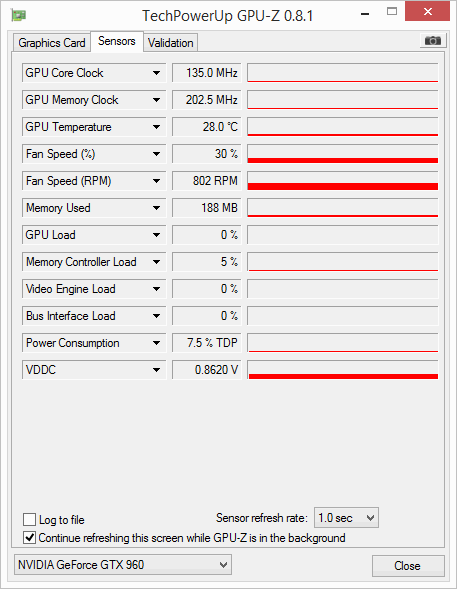
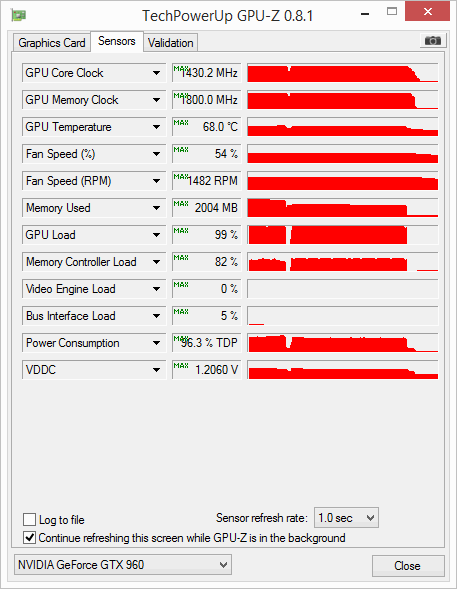
The GTX 960 Phantom GLH works at a base clock of 1279MHz, while the reference GPU base clock is 1126MHz. Nvidia's GPU Boost 2.0 takes the average GPU clock to 1342MHz for the reference GPU and to 1304MHz for the Phantom card.
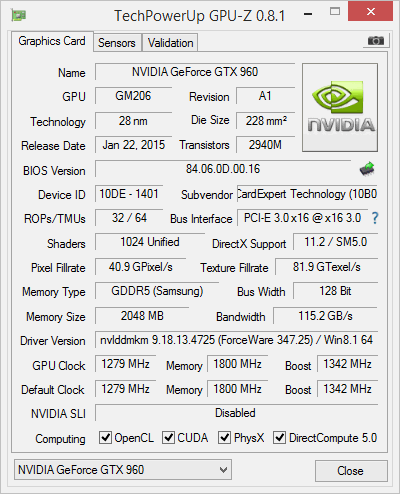
The reference GTX 960 has a TDP of 120W and the GLH will consume a little bit more due to the factory overclock. Both cards use one 6-pin power connector. For comparison, the GTX 980 has a TDP of 165W and just like the GTX 970 it requires two 6-pin power connectors.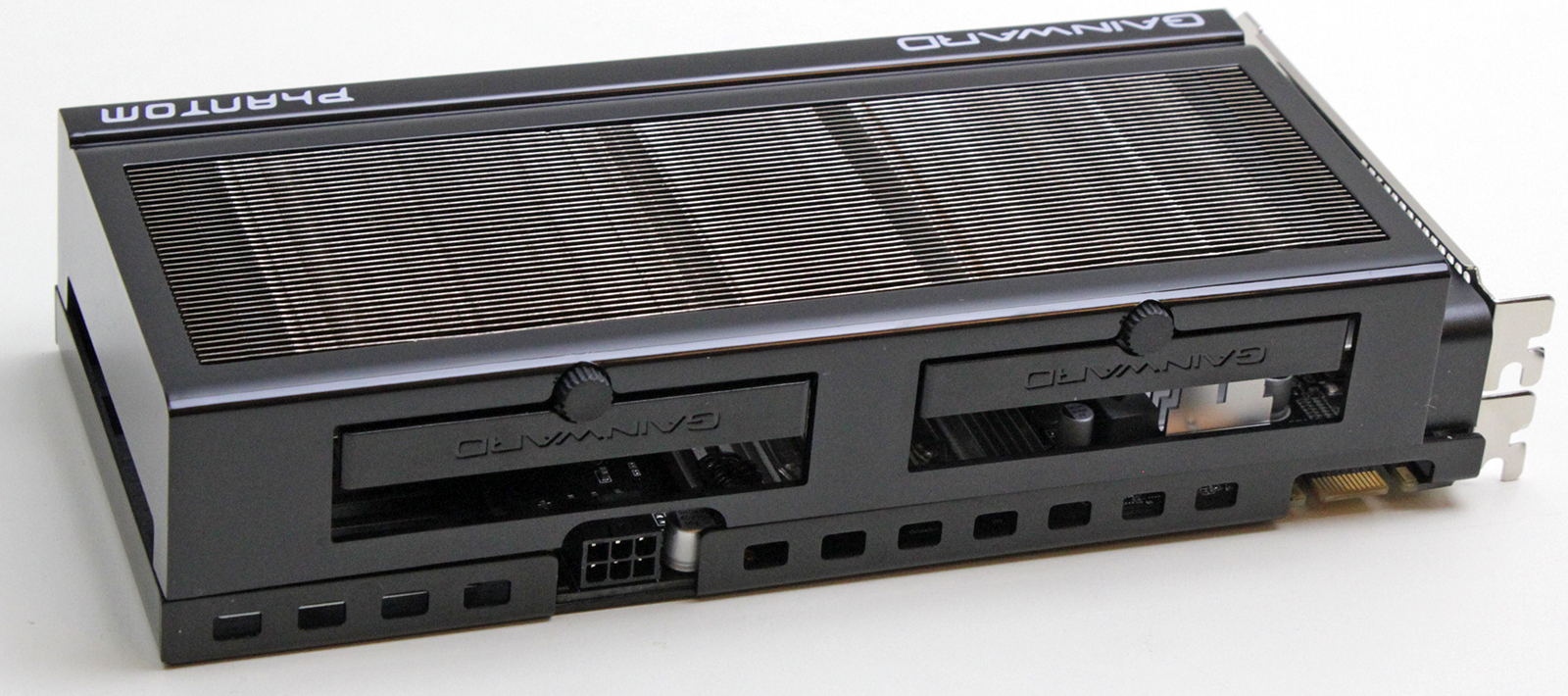
Geforce GTX 960 pack 1024 CUDA cores. The memory subsystem of the GeForce GTX 960 consists of two 64-bit memory controllers (128-bit) with 2GB of GDDR5 memory.
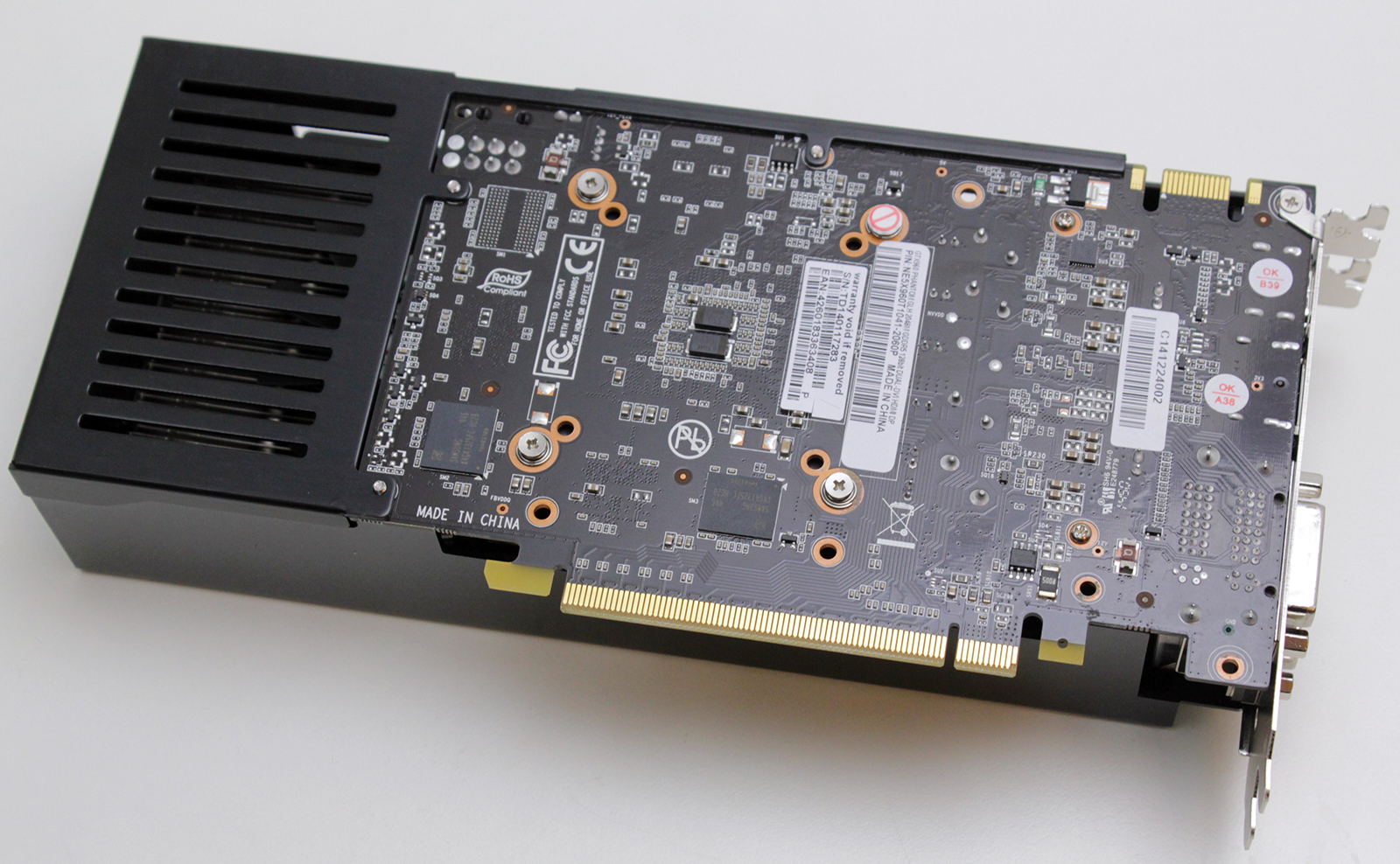
Like the Geforce GTX 980, the Geforce GTX 960 has a new display engine capable of supporting resolutions up to 5K with up to four simultaneous displays (including support for up to four 4K MST displays). GeForce GTX 960 also supports HDMI 2.0, and with added support for H.265 (HEVC) encoding and decoding.
The GTX 960 Phantom GLH is good card for gamers on a budget who are keen to play at 1080p with plenty of eye candy. The factory overclock brings better performance out of the box. The Gainward card comes with a 153MHz GPU overclock, and what we really like is the 50MHz (200MHz effective) memory overclock. The memory overclock really does much to increase gaming results, and GLH is faster that many GTX 960 competitors cards which have higher GPU clock, but no memory overclock. This was a good call on Gainward’s part.
We will proceed to run more tests and the full review will be available soon.

